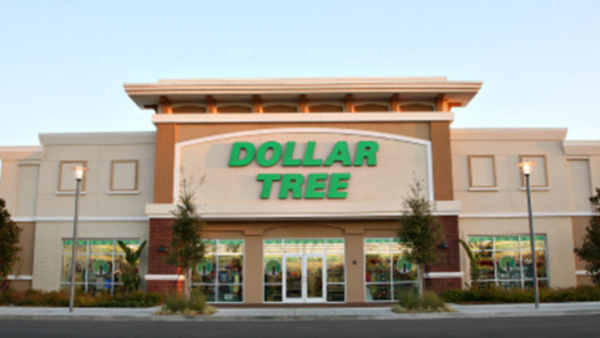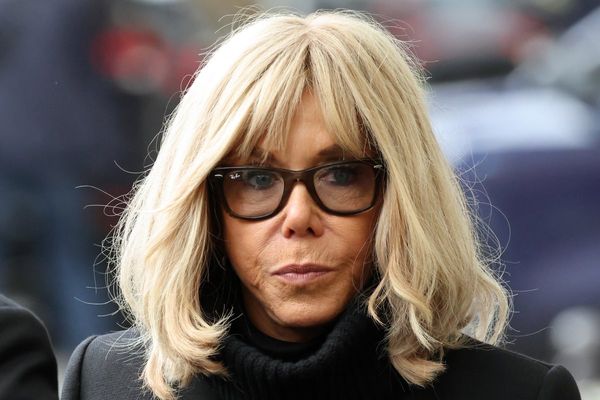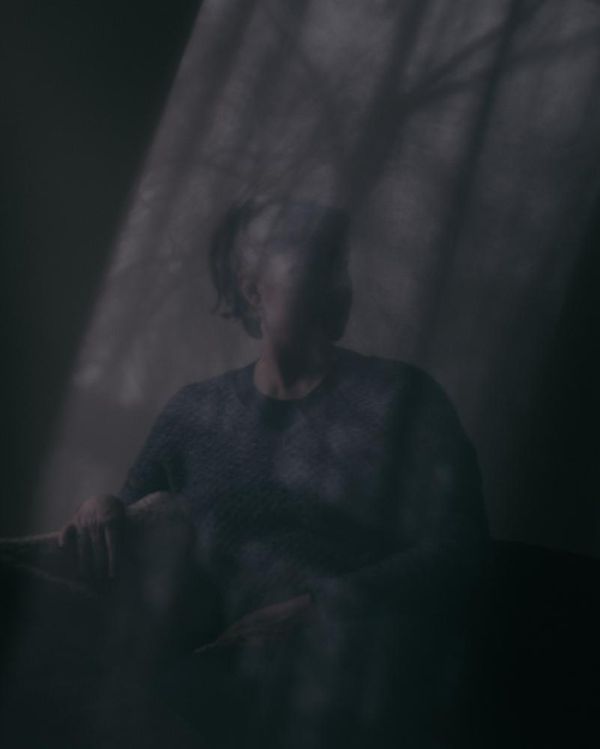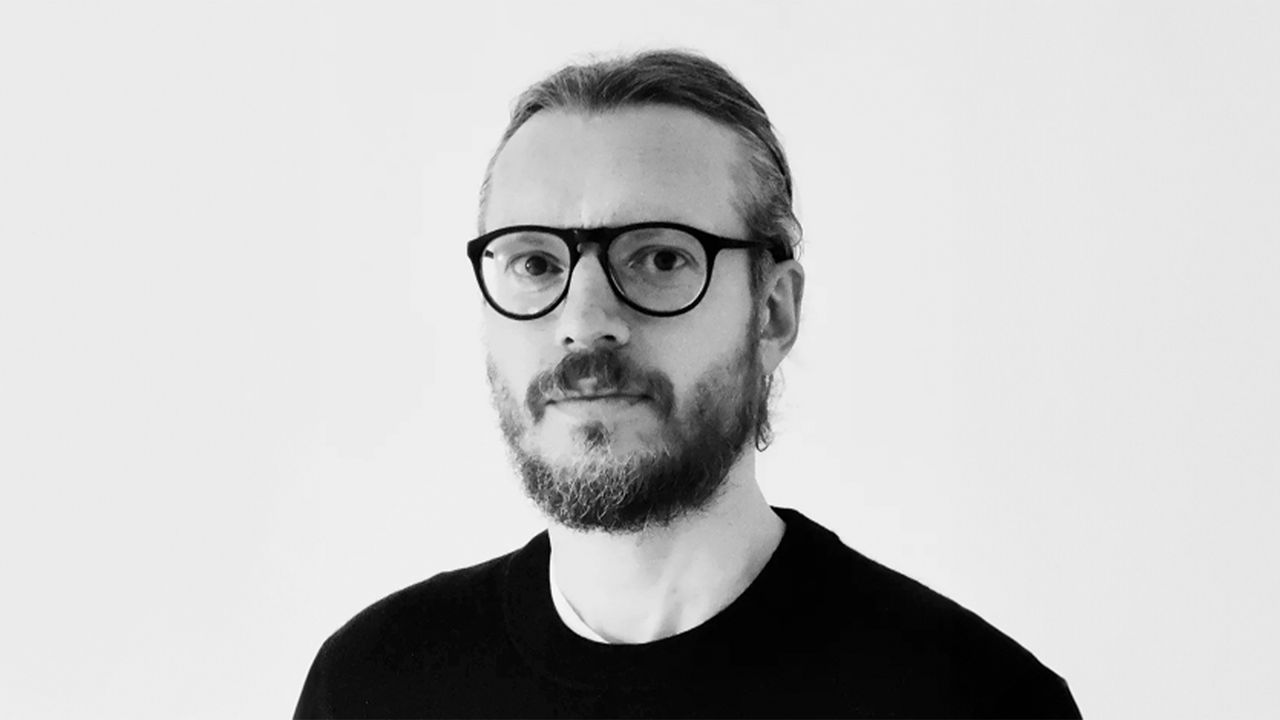
Gianni Tozzi is the global chief creative officer at FutureBrand, an innovative global design company enhancing businesses through the power of brand strategy. Bringing a fresh perspective to design, he believes creative excellence isn't just a nice-to-have, but a critical lever for brand success.
Blending the worlds of art, design, entrepreneurship, and teaching, Gianni has worked with global clients like Etro, Roberto Cavalli, and Pomellato, alongside recently judging at this year's Cannes Lions and D&AD. As part of our Day in the Life series, I caught up with Gianni to discuss the importance of emotive design and the future of the creative industry.

Could you walk me through a typical day in your role?
When I’m in Milan, I like my days to be as routine as possible – it keeps me grounded and focused. When I travel, which happens about half the time, things get a bit more chaotic. My schedule is mostly filled with project reviews, client meetings, internal planning, and new business.
My favourite moments are when I’m in the studio and can collaborate in person with teams on projects, or when I’m alone doing research or sketching ideas. I find remote working a little less productive. It can make interactions feel a bit transactional and mechanical, whereas working on a creative project involves much more than that.
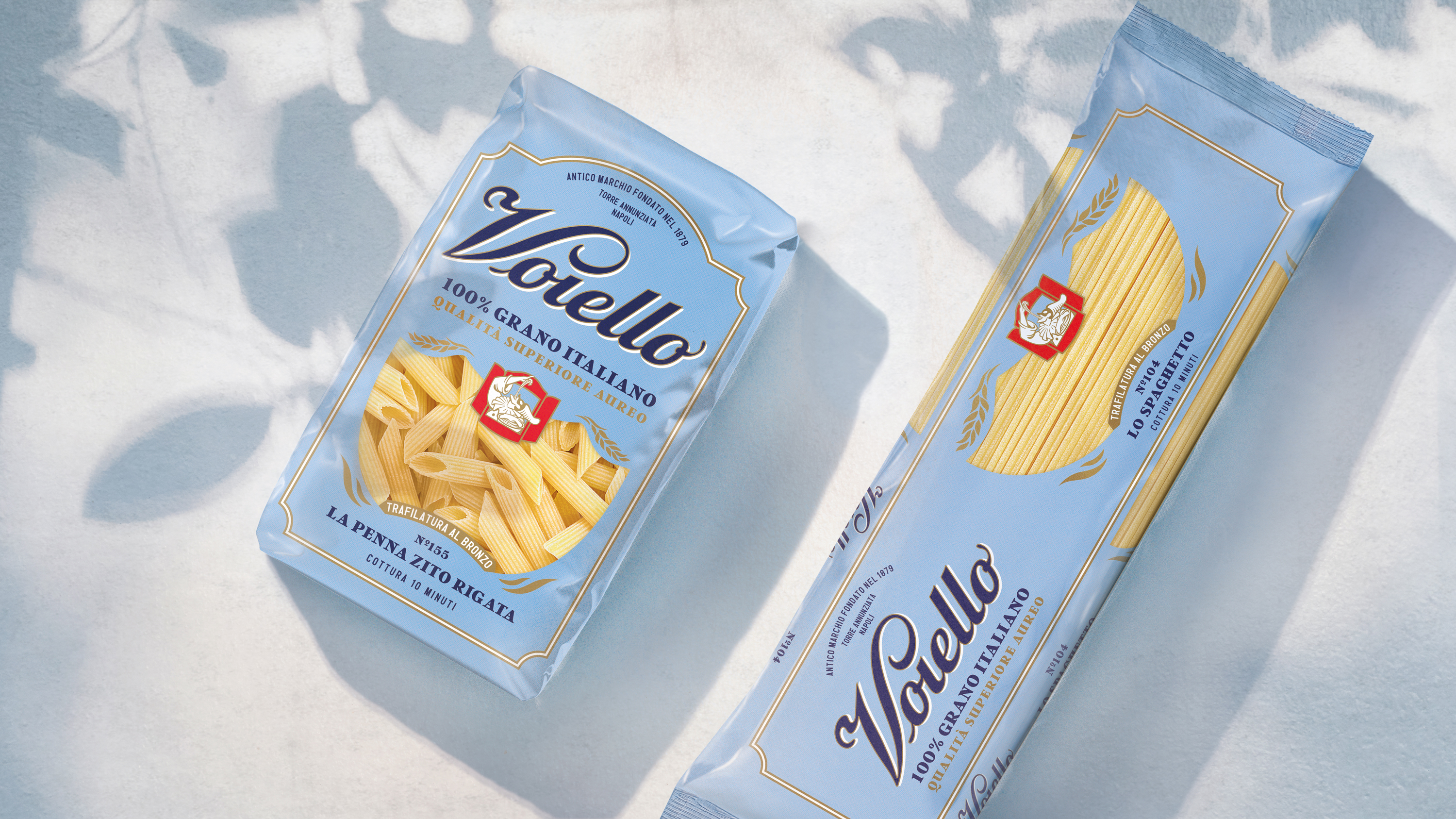
What was your early career like?
I never thought I’d end up working in an agency, but my career looks very different now to when I first began creative work. I started out very much on the non-commercial side of things, working in Japan designing educational tools for children. Later, I moved to London to pursue a path in what was then called 'critical design’.
By a mix of chance and necessity, I began freelancing and was lucky enough to shadow a couple of great creative directors. Not long after, I was offered a role in an agency, and I’ve been living that life ever since, though it has taken some getting used to. I’ve always focused on beautiful, culturally relevant design work, but now I have to consider how to use that as a lever for business. It was a totally new thing to me, but I haven’t let go of the processes and ways of working that make my work truly mine.
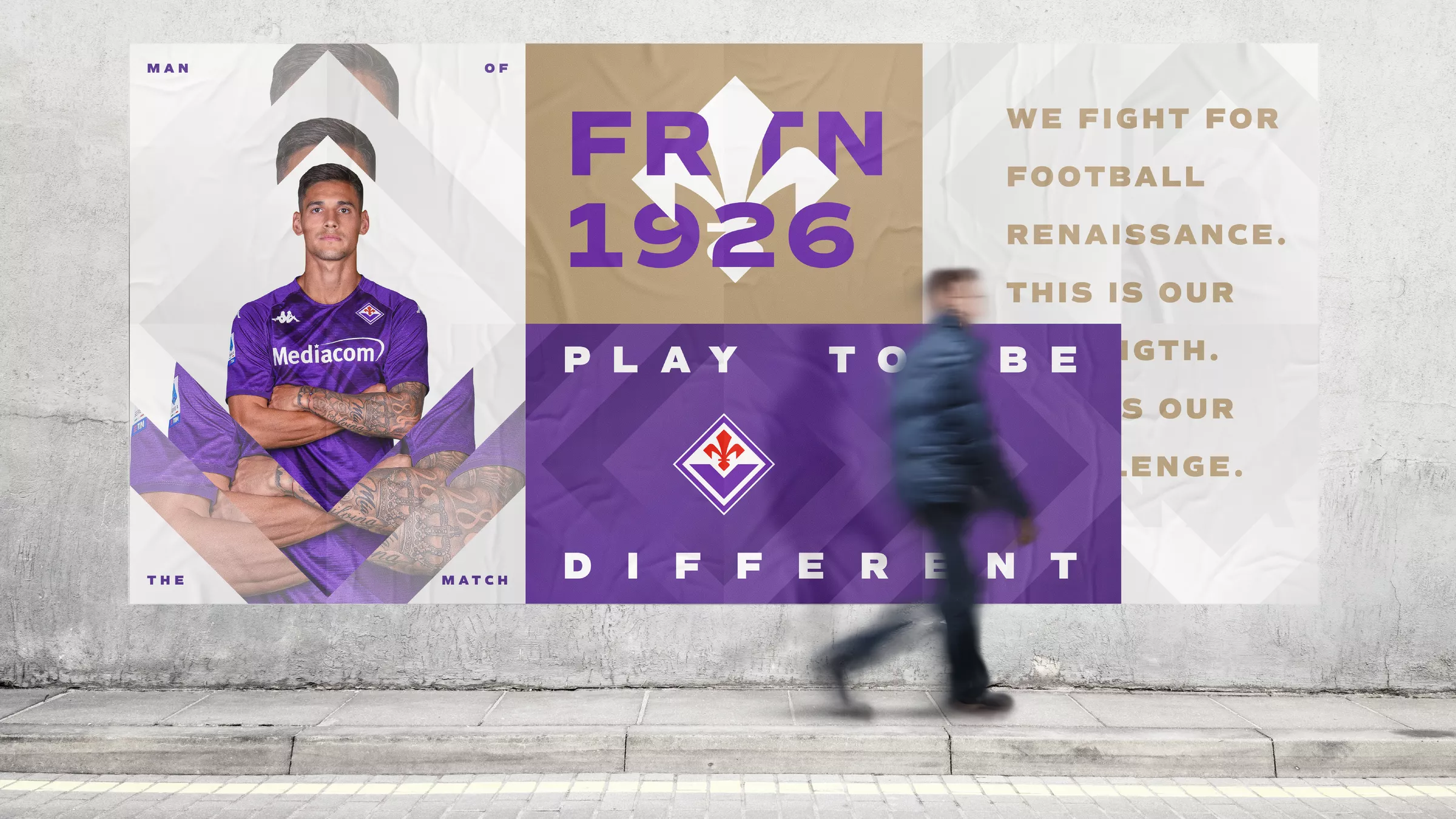
Which project are you most proud of and why?
I hate looking back, but there is a FutureBrand project launching by the end of this year that I’m really proud of… You’ll have to watch this space.
What have you learned from your experience judging for Cannes Lions and D&AD?
Festivals are always an amazing opportunity to meet great people, learn a lot, and push yourself to aim for excellence. I’m very proud and lucky to have both won and judged at D&AD, it’s surreal being on the other side of it now! Seeing the next generation of design talent come through is humbling; the level of work across all disciplines is currently very high. It's hard to be truly amazed, partly because the standard is so strong and because we’re all exposed to great projects throughout the year.
My advice to everyone is to keep aiming for gold and to foster a culture of excellence within your companies. But don’t be too discouraged if you don’t win - sometimes the stars align, and sometimes they don’t.
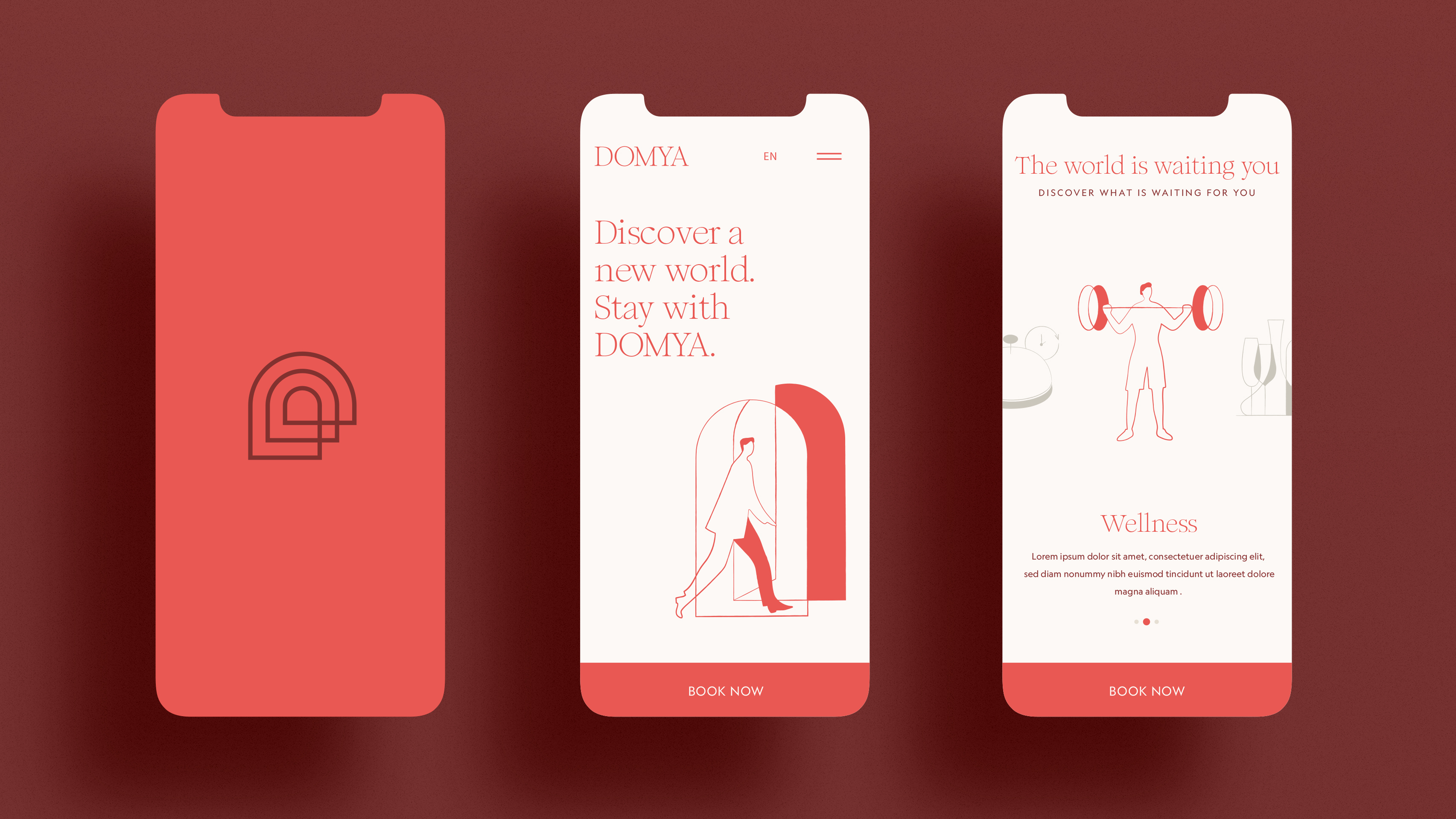
Could you expand on the concept that “branding should be closer to art than algorithm”?
You need both, of course, in today’s way of working, but the more creative part – especially the curatorial side – should be very personal and very human. Take The Ordinary, for example. At its core, they sell a very simple product that absolutely took off because their design teams understood what people were craving: honesty, transparency, and a little rebellion. Their approach broke every beauty convention, with minimal packaging, no influencer endorsements, and pricing that defied skincare’s status quo. That kind of thinking can’t be forged in a spreadsheet; it takes real human cultural intuition.
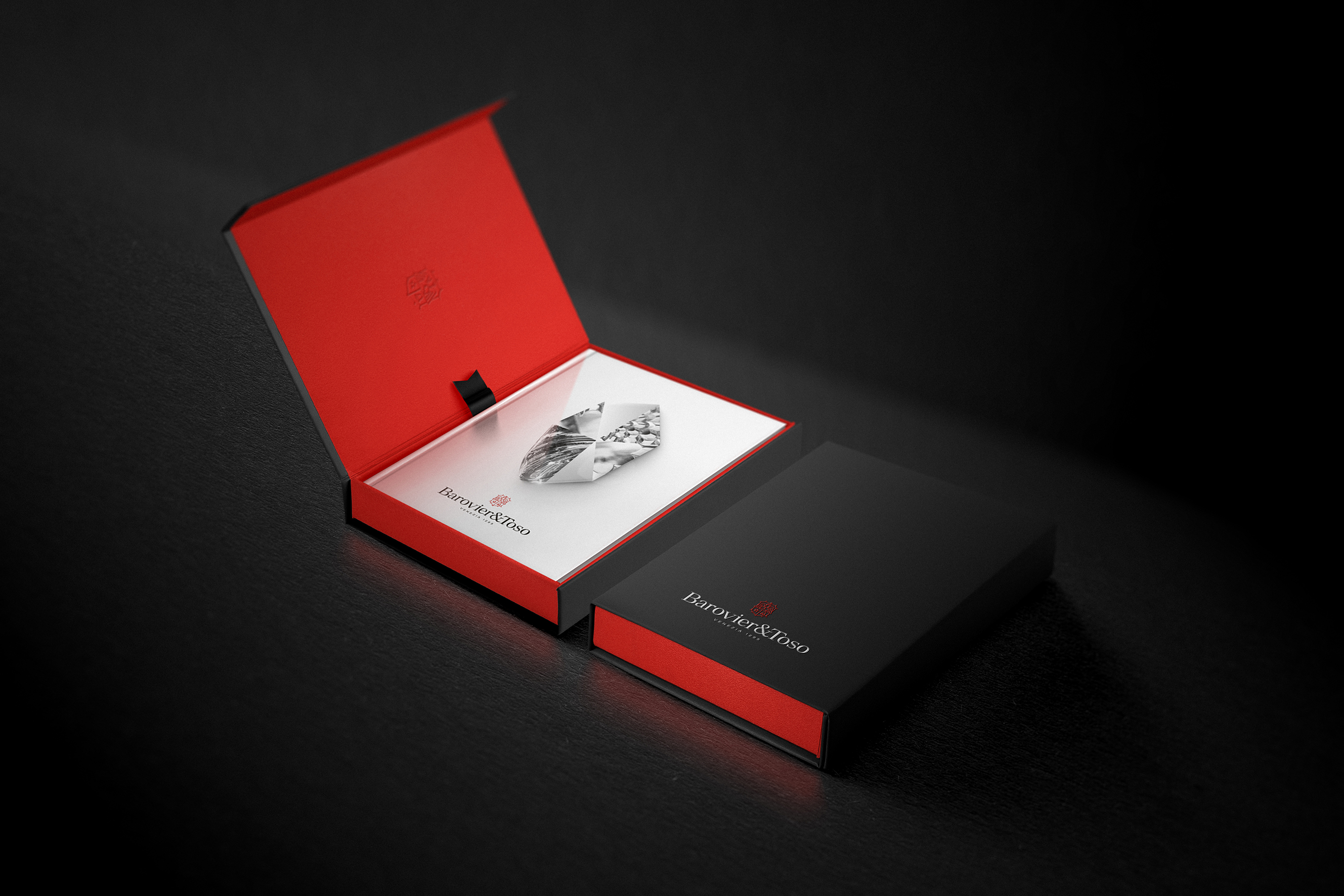
What’s your design pet peeve?
Formulaic design is like bad comedy. You can see the setup coming a mile away, and the audience feels nothing. Design should never just be a response to a template or checklist. It has the power to evoke emotion, shift perception, and influence business outcomes when there is a real purpose in mind beyond functionality. You can always tell when designers have ticked boxes rather than digging into the history, heritage and context that give a project its soul. That’s why I leaned into critical design from an early stage of my career.
How can design evoke emotion, and why is that important?
Design must always evoke an emotion – and it always does. Even functional design is emotional, as it can evoke feelings like calm or trust. No design is ever truly neutral. In my opinion, brand should become even more emotional. In my projects, I always try to understand what kind of relationship or emotion the audience is likely to have with a brand or product.
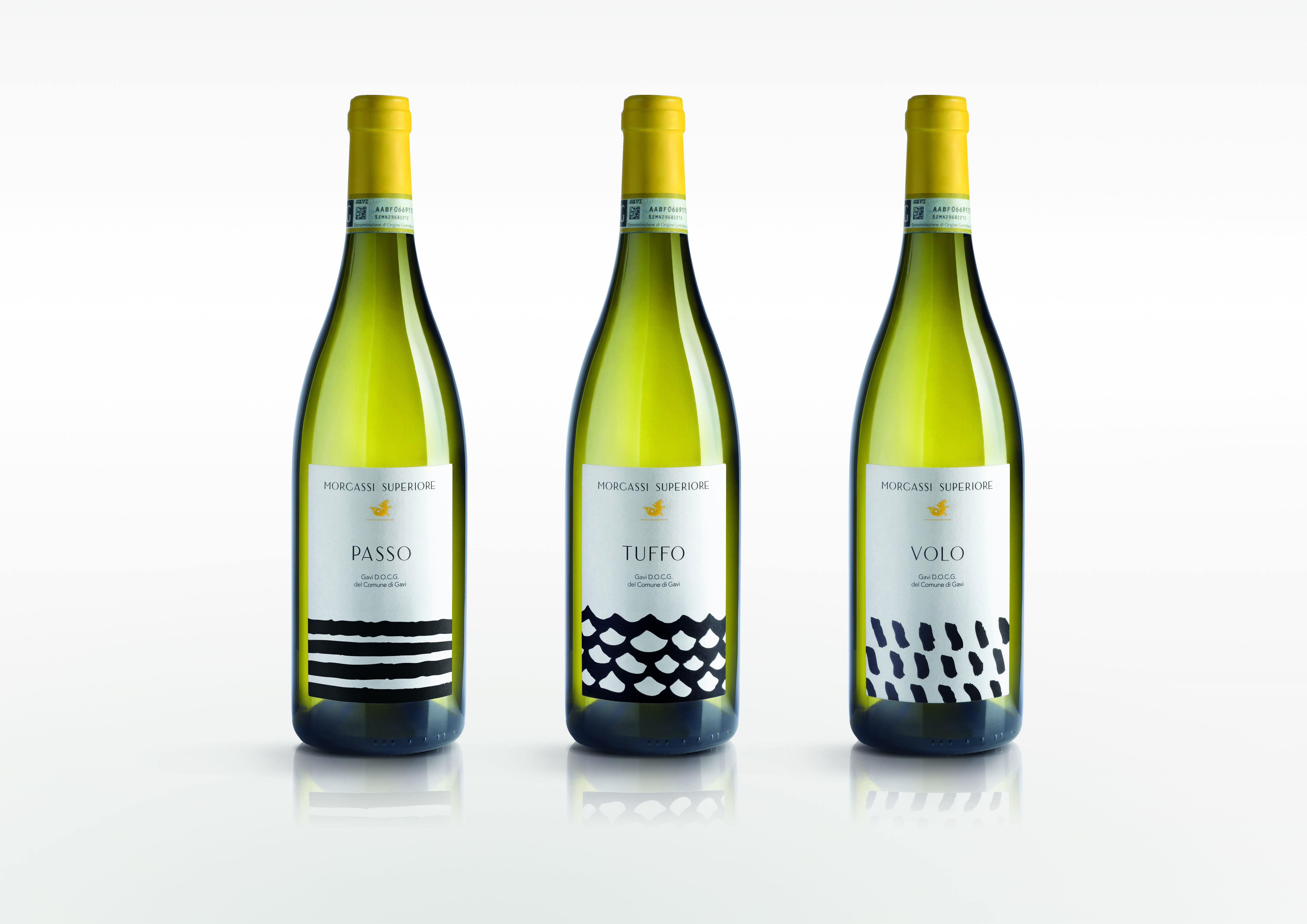
What do you think the industry needs to improve?
The industry is at a pivotal moment. We all sense that we’re entering a new era for many reasons. I hope that good creativity and good design continue to be recognised as valuable assets in both the market and society, along with the people behind them. Physical experiences will be a key vessel for the best designers to make an impact as brands recognise the need to make their brand more tangible to consumers.
The best designers are leaning into creating highly bespoke moments that simply cannot be digitised.
The best designers are leaning into creating highly bespoke moments that simply cannot be digitised. There’s a real opportunity for brands to move away from just mimicking physical with digital. Instead, offering something uniquely shareable, something that can’t be experienced through a screen. Think the exclusivity of an invite-only event or the thrill of a truly luxurious product unboxing. Retail spaces, events, the world around us – these are areas where brands come to life, and technology now allows us to immerse audiences in thoughtfully curated design better than before.
Moreover, the creative field has always provided an incredible opportunity to elevate young people from underprivileged backgrounds, giving them a chance based on their skills and ideas. I truly hope this aspect will continue to grow and improve. The next generation has so much promise, and it’s on our shoulders to help them flourish.
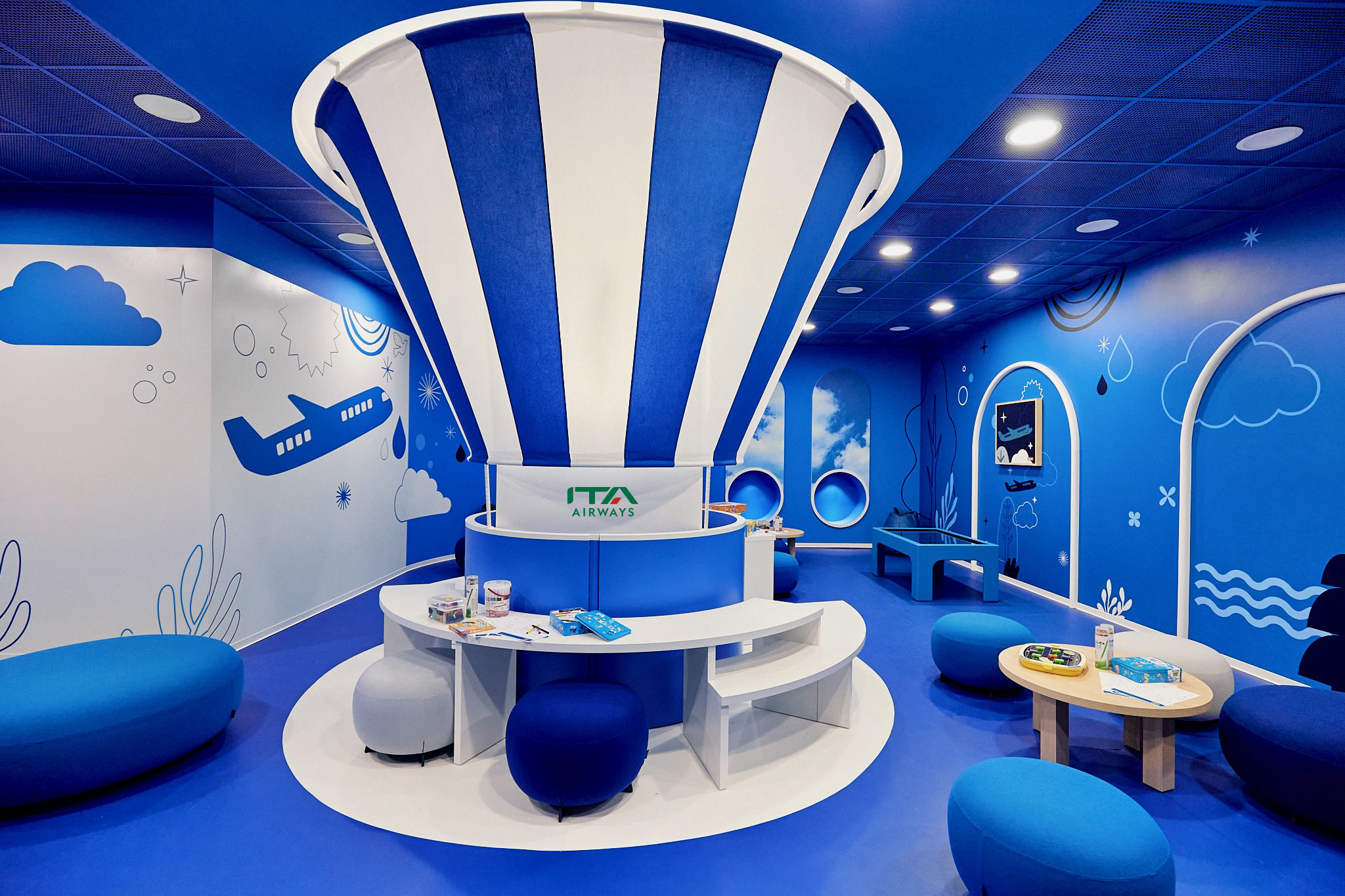
What are your favourite tools?
A Muji plain sketchbook is my canvas of choice and where the blueprints of all my best work live. Adobe Illustrator helps me make these into something more tangible. Inspiration can always be found in a good bookstore.
AI is also incredibly useful for getting concepts out of my brain and onto a page. The thinking starts with me, but being able to describe my thoughts and see a rough approximation in front of me in minutes is very useful – if a little scary when you think about it too hard.
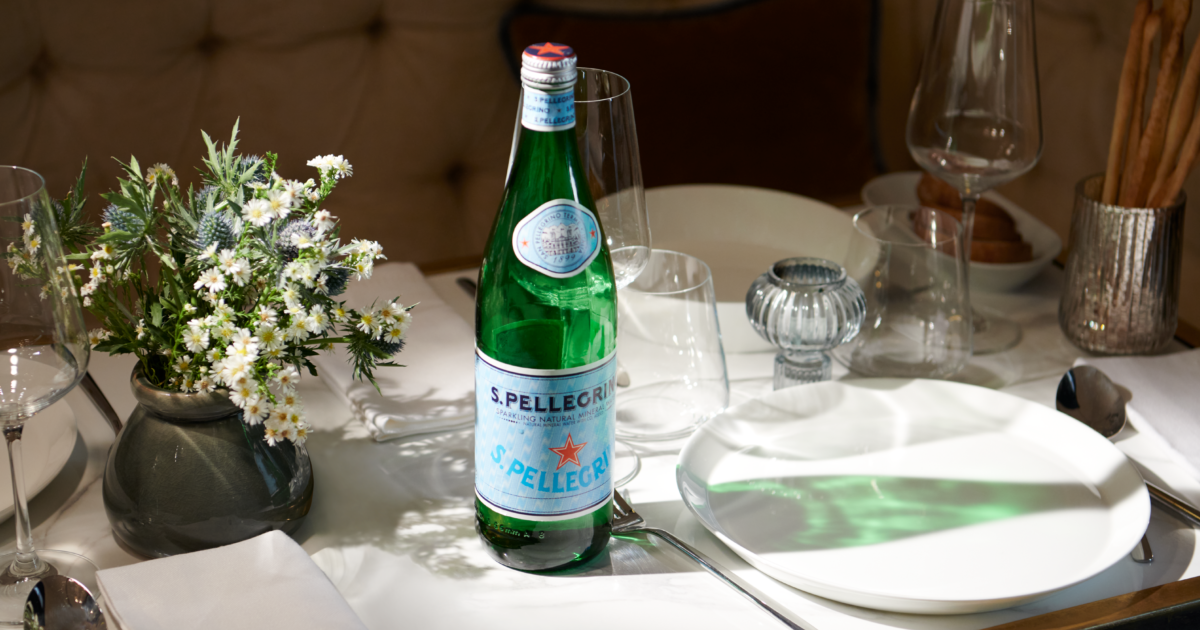
What’s your dream project/dream client?
At the moment, I would love to do a project for Hermès. Luxury thrives on emotional connections, and Hermès absolutely exemplifies this with timeless craftsmanship. They’re also a shining example of a brand adapting to change.
A perfect example is their ‘Hermès at Work’ travelling showcase, which recently stopped in Rome. It offered the public a rare chance to see Hermès artisans crafting everything from saddles to scarves in real time. It was unlike any other brand activation, providing a combination of theatre, intimacy, education and culture all at once. Campaigns like these have allowed them to reach a wider audience without diluting their brand or exclusivity, which is something luxury has struggled with since the rise of social media.
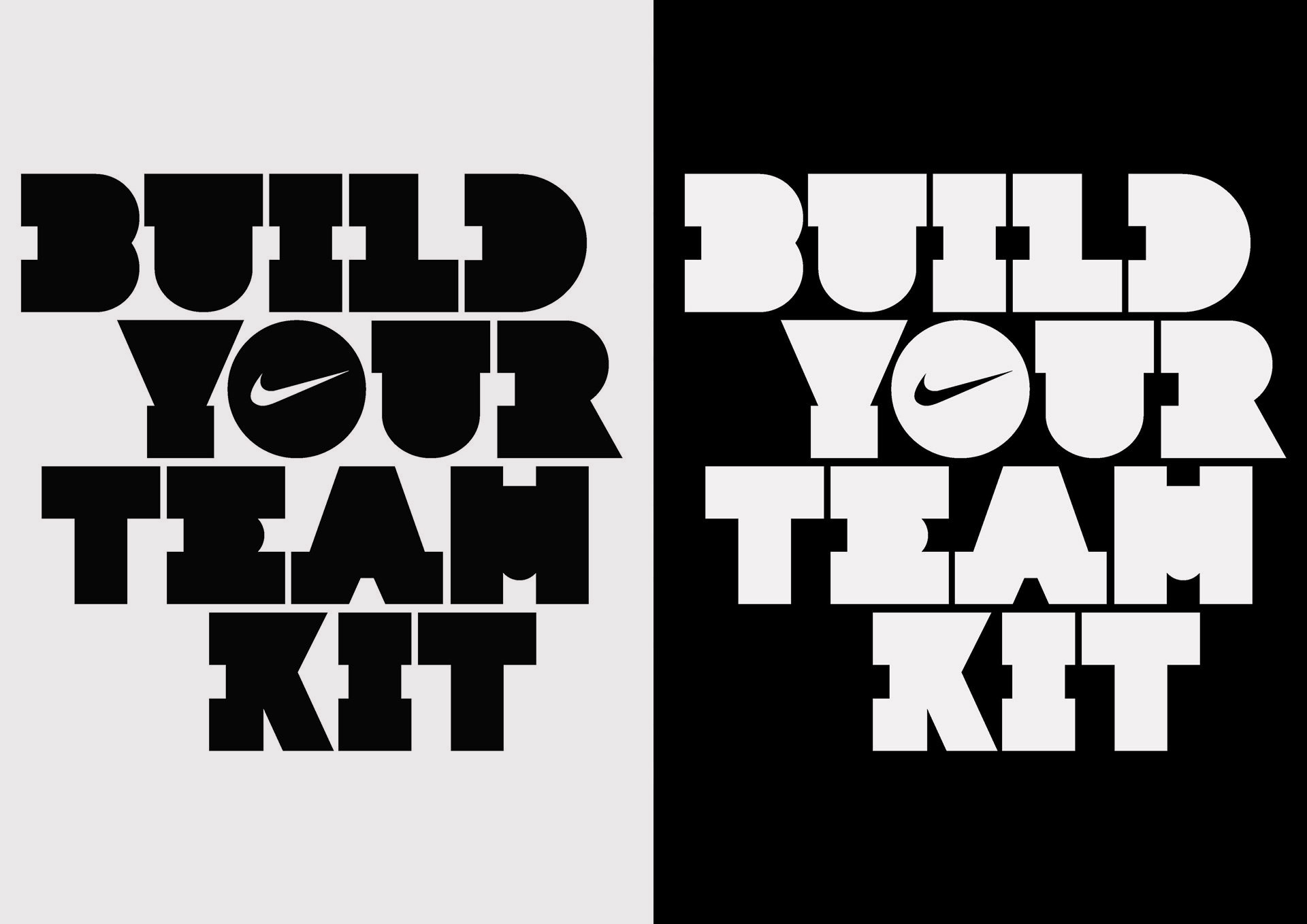
What career advice would you give your younger self?
Don’t worry if it doesn’t work out straight away; your talent isn’t limited to one path. Stay curious, keep learning, and trust that your skills will find their place.


